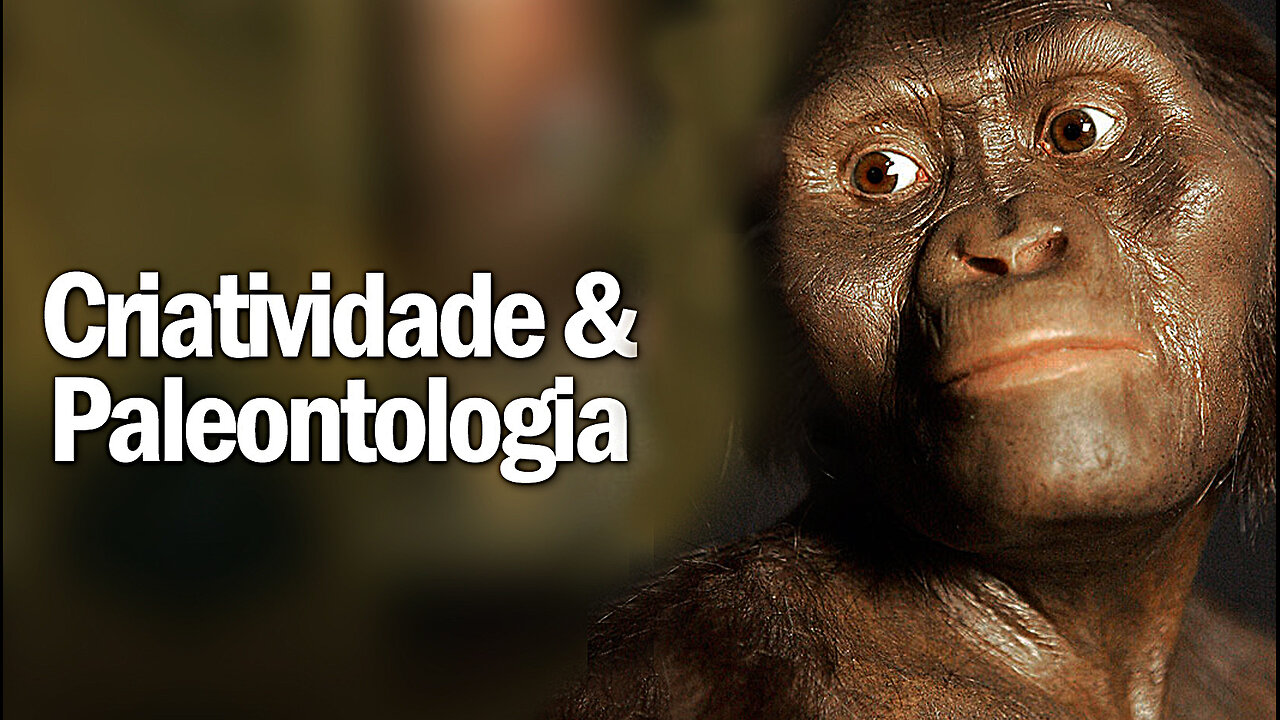Premium Only Content

As fraudes no Museu de Historia | Fraud at the History Museum | Neandertal | Lucy | JV Jornalismo
Museu de arqueologia ou museu de arte? O homem de Neandertal é uma espécie irmã de Homo sapiens, com a qual o homem moderno conviveu. Surgiu durante o Pleistoceno Médio na Europa e no Médio Oriente há cerca de 400 mil anos e extinguiu-se há 28 mil anos, na Península Ibérica. Quando trabalhadores de pedreiras de calcário no Vale de Neander, na Alemanha, descobriram ossos fossilizados em 1856, eles pensaram ter descoberto os restos de um urso. Na verdade, eles tinham tropeçado em algo que mudaria a história: evidências de uma espécie extinta de predecessores humanos antigos que caminharam pela Terra entre pelo menos 400 mil e 40 mil anos atrás. Os pesquisadores logo perceberam que já haviam encontrado esses parentes humanos em fósseis anteriores que haviam sido encontrados, e mal identificados, ao longo do início do século 19. A descoberta galvanizou cientistas ansiosos para explorar novas teorias da evolução, provocando uma caça aos fósseis em todo o mundo e instigando o público com a possibilidade de uma misteriosa espécie-irmã que uma vez dominou a Europa. Agora conhecidos como neandertais – assim chamados pelo geólogo William King – Homo neandertalensis são os parentes mais próximos conhecidos dos humanos. Eis o que saber sobre nossos antepassados, incluindo como eles viveram e por que morreram.
Archaeology museum or art museum? Neanderthal man is a sister species of Homo sapiens, with which modern man coexisted. It appeared during the Middle Pleistocene in Europe and the Middle East around 400,000 years ago and became extinct 28,000 years ago on the Iberian Peninsula. When limestone quarry workers in Germany's Neander Valley discovered fossilized bones in 1856, they thought they had discovered the remains of a bear. In fact, they had stumbled upon something that would change history: evidence of an extinct species of ancient human predecessors that walked the Earth between at least 400,000 and 40,000 years ago. The researchers soon realized that they had already found these human relatives in previous fossils that had been found, and misidentified, throughout the early 19th century. The discovery galvanized scientists eager to explore new theories of evolution, sparking a worldwide hunt for fossils and exciting the public with the possibility of a mysterious sister species that once dominated Europe. Now known as Neanderthals - so named by geologist William King - Homo neandertalensis are the closest known relatives of humans. Here's what to know about our ancestors, including how they lived and why they died.
-
 10:10
10:10
JV Jornalismo Verdade
8 months agoArqueologia em Israel | Um Retorno ao Passado | JV Jornalismo Verdade
1661 -
 LIVE
LIVE
Matt Kohrs
33 minutes agoMarket Open: NEW HIGHS INCOMING 🚀 🚀 🚀 || Live From Toronto
708 watching -
 LIVE
LIVE
Wendy Bell Radio
4 hours agoThe Hunters Are Now The Hunted
2,982 watching -
 LIVE
LIVE
Tate Speech by Andrew Tate
1 hour agoEMERGENCY MEETING EPISODE 113 - THE NEXT STAGE
10,868 watching -
 1:19:40
1:19:40
JULIE GREEN MINISTRIES
2 hours agoLIVE WITH JULIE
32.1K118 -
 LIVE
LIVE
LFA TV
14 hours agoLFA TV ALL DAY STREAM - MONDAY 8/11/25
7,863 watching -
 LIVE
LIVE
Chicks On The Right
3 hours agoMTG fighting w/Levin, Pritzker humiliated by Welker, Mamdani squeals like a girl, and psychotic libs
1,870 watching -
 LIVE
LIVE
The Bubba Army
2 days agoAlligator Alcatraz Closed?! - Bubba the Love Sponge® Show | 8/11/25
4,614 watching -
 29:03
29:03
DeVory Darkins
15 hours ago $6.40 earnedDemocrat Governors painfully HUMILIATED Trump drops BRUTAL WARNING for DC officials
7.03K54 -
 14:44
14:44
Preston Stewart
18 hours ago $1.15 earnedTrump's Cartel Crackdown
5.08K6